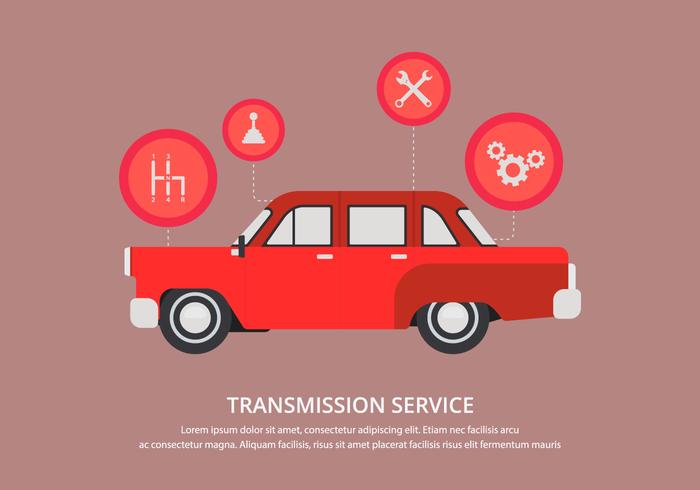Comprehending Your Cars And Truck'S Warning Lights: What Do They Truly Mean?
Comprehending Your Cars And Truck'S Warning Lights: What Do They Truly Mean?
Blog Article
Web Content Author-Boye Gilbert
When you're behind the wheel, those beautiful warning lights on your dashboard can be a little bit difficult. Do you understand what they're attempting to inform you about your cars and truck's wellness? Comprehending the value of these lights is crucial for your safety and security and the longevity of your lorry. So, the next time one of those lights appears, wouldn't you wish to decode its message precisely and take the needed steps to resolve it?
Common Warning Lights and Interpretations
Recognize common warning lights in your car and understand their meanings to ensure risk-free driving.
The most common caution lights consist of the check engine light, which indicates problems with the engine or discharges system. If this light begins, it's essential to have your automobile checked without delay.
Recommended Looking at warning light indicates reduced oil stress, calling for instant focus to avoid engine damages.
A blinking battery light might recommend a malfunctioning charging system, potentially leaving you stranded if not addressed.
The tire pressure monitoring system (TPMS) light notifies you to low tire pressure, influencing automobile stability and gas performance. Neglecting this might lead to risky driving problems.
The ABS light shows a trouble with the anti-lock braking system, compromising your ability to quit rapidly in emergencies.
Finally, the coolant temperature level cautioning light warns of engine getting too hot, which can cause severe damages otherwise solved swiftly.
Comprehending these typical warning lights will certainly help you address concerns without delay and preserve safe driving conditions.
Importance of Prompt Attention
Understanding the common warning lights in your cars and truck is only the first step; the importance of immediately dealing with these cautions can't be stressed enough to ensure your safety when driving.
When a caution light brightens on your control panel, it's your car's means of interacting a possible issue that needs focus. Neglecting these warnings can cause more severe issues down the road, compromising your security and potentially costing you much more in repairs.
Trigger interest to alerting lights can stop break downs and mishaps. For example, a flashing check engine light might suggest a misfire that, if left neglected, could create damage to the catalytic converter. Addressing this without delay can conserve you from a costly fixing.
Similarly, a brake system advising light might signal reduced brake fluid or worn brake pads, vital elements for your safety and security when driving.
DIY Troubleshooting Tips
If you notice a caution light on your control panel, there are a few do it yourself repairing tips you can attempt prior to looking for expert assistance.
The first step is to consult your automobile's guidebook to comprehend what the specific caution light indicates. Occasionally the issue can be as straightforward as a loose gas cap activating the check engine light. Tightening up the gas cap might settle the issue.
Another typical issue is a reduced battery, which can activate various advising lights. Examining the battery links for corrosion and guaranteeing they're protected might repair the issue.
If a caution light persists, you can attempt resetting it by detaching the auto's battery for a few minutes and afterwards reconnecting it. Furthermore, inspecting your vehicle's liquid degrees, such as oil, coolant, and brake liquid, can assist repair cautioning lights associated with these systems.
https://oilchangedealsnearme53947.blogdosaga.com/32047845/eco-friendly-car-describing-products-you-should-try , comprehending your automobile's caution lights is important for keeping your vehicle running efficiently and safely. By quickly addressing these informs and knowing what they indicate, you can avoid pricey fixings and prospective break downs.
Keep in mind to consult your auto's handbook for certain information on each alerting light and take action as necessary to guarantee a trouble-free driving experience.
Stay educated, stay risk-free when driving!
